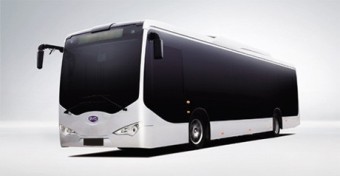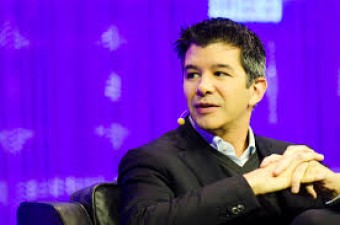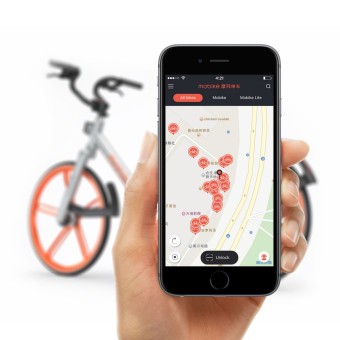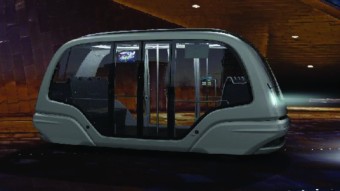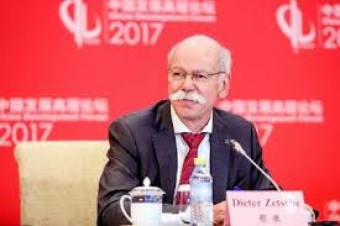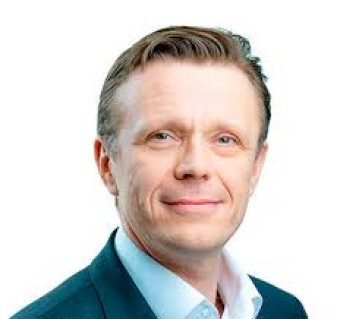The Transportation Service Provider has arrived
We picked up a nice blog about the single provider of transportation (TSP) in Pricetags in Annals of Motordom, Mobility Pricing and Transportation. A view from Vancouver:
I’ve been predicting the arrival of the TSP – a single provider of transportation services, rather like a Shaw or Telus offering a suite of communications options, from cellphone to cable TV. In the case of a Transportation Service Provider, a single monthy bill will give you information and access to all forms of transit, train, car- and bikeshare, rentals, pre-paid tolls, road pricing charges, parking and maybe even maintenance for your increasingly less-needed private car and bike.
In his article, Peter Ladner discovered that in some places, the TSP is already here: Transport for West Midlands and Whim set to pioneer MaaS in the UK.
A new era of transport is about to begin in the United Kingdom, where West Midlands will become the first region to pilot Mobility as Service (MaaS) to its residents. The pioneering service, Whim by the MaaS operator MaaS Global, will be launched in the West Midlands metropolitan area in early 2017. The launch follows a freshly signed Memorandum of Understanding (MoU) by the West Midlands Combined Authority, transport service providers National Express and SilverRail, Birmingham City Council and MaaS Global. Other transport companies will be welcomed onboard the Whim service in the future.
A single service for all transport. The MaaS concept means looking after people’s daily mobility needs with a single service, which can be used either on a subscription or pay-as-you-go basis. … The world’s first capital region MaaS service is already in operation in Helsinki, Finland, where MaaS Global has launched the Whim mobile app – initially for a limited group of test users. Whim, which will be released in Birmingham and West Midlands metropolitan area in spring 2017, will integrate public transport, rental cars, taxis, trains, bikes and more to take people door to door as easily as possible. It has proven immensely popular in Finland, with a growing list of users on the waiting list before next year’s public launch.
Shaping tomorrow’s transport together. The MoU commits all the signed parties to develop MaaS in West Midlands, with a shared goal to build an attractive, comprehensive and convenient service with long-term viability. Councillor Roger Lawrence, lead member for transport for the WMCA, see MaaS as a great idea to encourage people to consider how they get about other than with the private car: “Mobility as a Service can transform how people get about this region and by doing so help free up our roads and tackle the scourge of congestion which costs this region billions of pounds a year,” he says.
By the way: later this year Amsterdam will be opening up its own Whim-service, probably run by MaaS Global-shareholder and French public transport giant Transdev.
- After Helsinki whim goes to the West-Midlands…. And Amsterdam.

